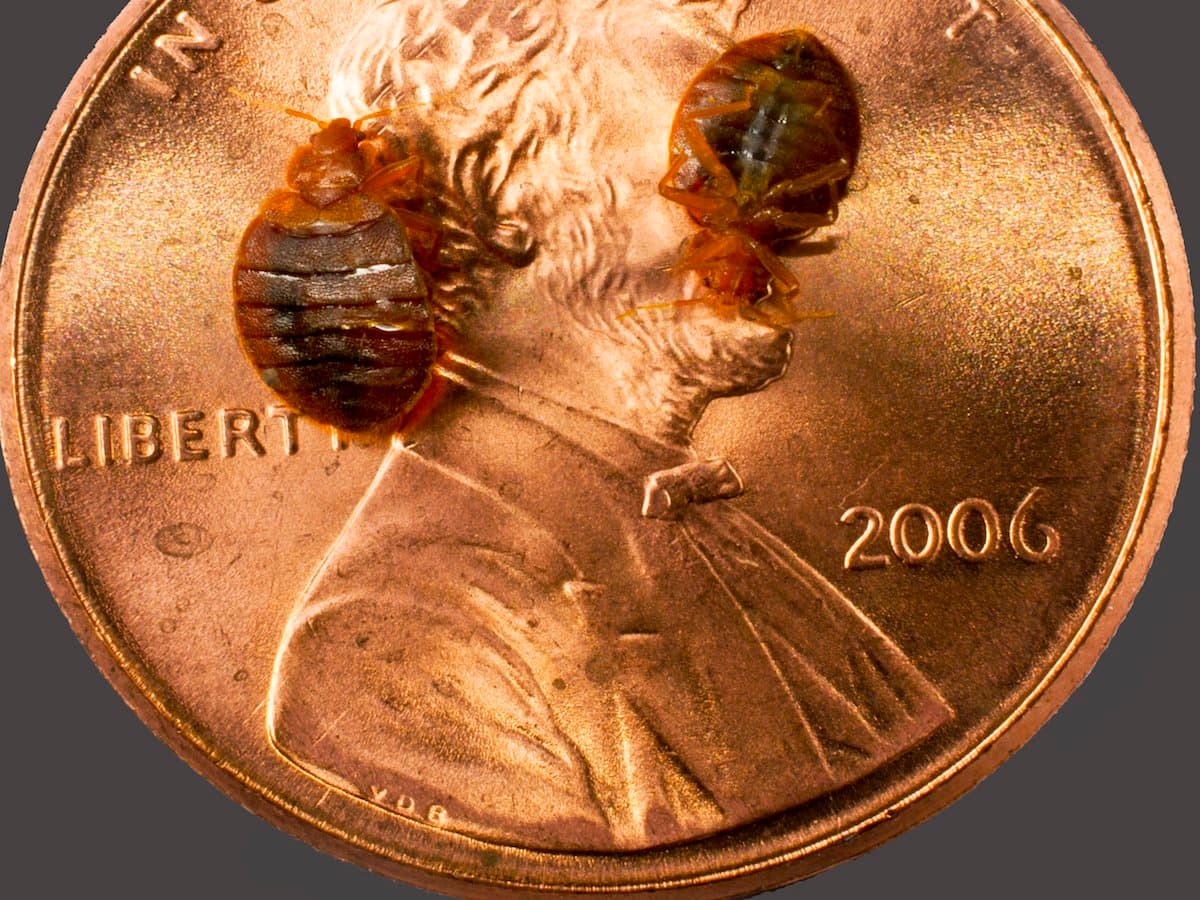Recognizing the Lifecycle of Bugs for Targeted Control Strategies
Understanding the lifecycle of parasites is a fundamental aspect of efficient pest management strategies. By comprehending the various phases of growth that bugs undergo, an extra targeted and precise approach can be adopted to control their populaces. This knowledge not just loses light on the susceptabilities within the bug lifecycle but likewise leads the way for implementing calculated steps that can interrupt their development and recreation cycles. Through a deeper understanding of exactly how bugs develop and prosper, tailored control strategies can be designed to resolve certain points in their lifecycle, ultimately causing more effective bug administration outcomes.
Importance of Comprehending Insect Lifecycle
Comprehending the lifecycle of parasites is vital for creating reliable and targeted control strategies in pest administration. By comprehending the different phases a bug undergoes from egg to adult, parasite control specialists can identify susceptible factors in the lifecycle where intervention can be most effective. Understanding when larvae are most active can help figure out the ideal timing for applying larvicides. Additionally, comprehending the life-span of a pest species can help in forecasting populace growth patterns and prospective invasion dangers.
In addition, identifying the particular ecological conditions required for each stage of the pest's lifecycle can guide choices on environment adjustment or exemption methods to minimize and disrupt the lifecycle pest populations. This understanding enables pest management specialists to carry out proactive actions rather than counting entirely on reactive therapies, leading to more sustainable and lasting parasite control solutions. Inevitably, a complete understanding of pest lifecycles equips insect control experts to customize their techniques successfully, lessening environmental influences and making the most of control end results.
Trick Phases in Parasite Development
To successfully apply targeted control techniques in parasite administration, an essential aspect lies in comprehensively identifying and comprehending the essential phases in bug growth. Bug development commonly is composed of numerous key stages that are essential for their lifecycle and management.

Vulnerabilities in Bug Lifecycle
Throughout the numerous phases of a bug's lifecycle, distinctive vulnerabilities emerge that can be purposefully targeted for reliable control steps (A1 bed bug extermination houston). One critical vulnerability lies in the egg phase, where pests are often much more prone to specific pesticides or organic see this control representatives due to their soft external shell, making them less complicated targets for intervention. Understanding these susceptabilities in the parasite lifecycle is essential for creating effective and precise control methods that successfully take care of parasite populaces while reducing ecological effect.
Carrying Out Targeted Control Actions

Implementing targeted control measures usually involves a multi-faceted strategy. This may include environment adjustment to make the environment much less congenial to parasites, such as eliminating standing water for mosquito control or securing entry points for rodents. Furthermore, organic control approaches can be utilized, where all-natural killers or virus are introduced to maintain pest populations in check.
Chemical control, such as the cautious application of chemicals, is one more typical method. Nonetheless, it is important to make use of these materials deliberately to minimize environmental effect and prospective damage to non-target species. Integrated Insect Administration (IPM) approaches that combine numerous control actions in a worked with and lasting manner are often one of the most effective in achieving long-term parasite administration objectives. By executing targeted control procedures based upon a complete understanding of pest lifecycles, bug populations can be efficiently controlled while reducing dangers to human wellness and the atmosphere.
Improved Pest Management Practices

Moreover, the consolidation of biological control representatives, such as all-natural predators browse around these guys or microorganisms of bugs, can assist minimize dependence on chemical pesticides and promote a more well balanced community. Carrying out physical barriers and catches can also be component of boosted bug administration techniques, supplying safe and targeted services for insect control. Furthermore, using scents and other semiochemicals can interrupt pest breeding patterns and communication, leading to lowered insect populaces in time.
Final Thought
To conclude, understanding the lifecycle of pests is important for effective insect monitoring strategies. By recognizing vital stages in insect growth and susceptabilities in their lifecycle, targeted control measures can be executed to decrease insect populations. Enhanced pest monitoring techniques can help reduce the reliance on broad-spectrum pesticides and promote more lasting and ecologically friendly insect control methods. This understanding plays an important duty in preserving healthy and balanced communities and agricultural productivity.
Comprehending the lifecycle of bugs is essential for establishing effective and targeted control strategies in bug administration. By understanding the numerous stages an insect goes via from egg to grownup, bug control specialists can determine susceptible points in the lifecycle where intervention can be most successful. Ultimately, an extensive understanding of insect lifecycles empowers bug control professionals to customize their strategies properly, maximizing and minimizing ecological influences control results.
By carrying out targeted control measures based on a thorough understanding of insect lifecycles, insect populations can be properly regulated while lessening threats to human wellness and the atmosphere.
By identifying essential phases in bug development and vulnerabilities in their lifecycle, targeted control procedures can be carried out to lessen parasite populations.
Comments on “A1 Bed Bug Exterminator Houston: Quick Removal Solutions”